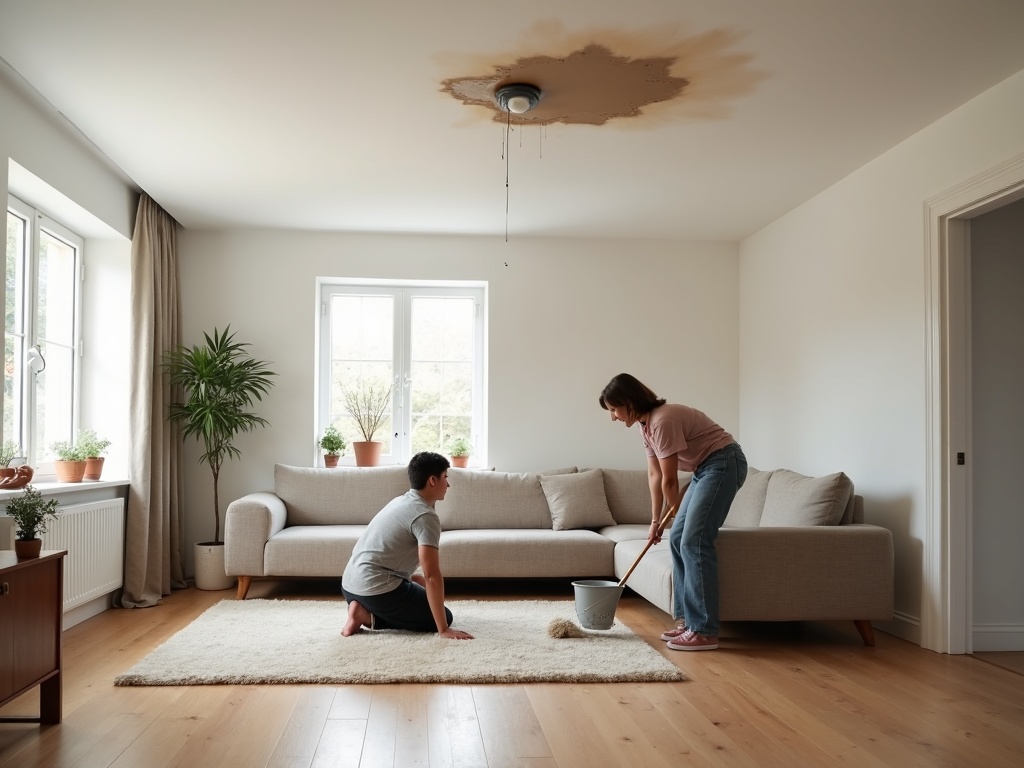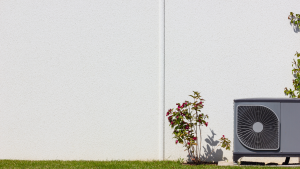Water damage can start small but turn into a major problem in very little time. A dripping tap, a slow leak in the roof, or an overflowing gutter can all seem minor at first. However, if the water has a chance to seep into walls, floors, or ceilings, the damage can grow quickly. The best way to protect a home is to recognise the early warning signs and take action before the problem gets worse.
Why Water Damage Grows Fast
Water does not stay in one place. Once it enters the home, it can travel through cracks, behind walls, and under floors. As it spreads, it softens wood, weakens plaster, and can even damage the foundations of a house. Moisture trapped inside walls also creates the perfect environment for mould to grow, which can affect both the building and the health of the people living inside.
Even clean water from a burst pipe can become a hazard after a day or two. When water stands still, it can attract bacteria and produce unpleasant smells. This is why acting quickly is always the safest choice.
Responding the Right Way
The first step is to stop more water from entering the affected area. If the problem is a leaking pipe, turning off the main water supply is essential. If rain is entering through the roof, covering the damaged area temporarily can reduce further damage until repairs are made.
Once the water source is controlled, it is important to remove as much standing water as possible. Wet floors, carpets, and furniture should be dried quickly to prevent deeper soaking. In serious cases, where flooding has covered large areas or water has entered hard-to-reach spaces, it can be helpful to reach out to professional flood emergency services. These specialists have the right tools to remove water fast and help reduce long-term damage.
Spotting Hidden Water Damage
Not all water damage is visible right away. Sometimes the only clues are faint stains on a ceiling, a patch of peeling paint, or a damp smell in the air. In these cases, it is worth checking for other signs, such as warped floorboards or soft spots in walls.
An early inspection can save both time and money. Catching damage in the first few hours or days often means it can be repaired without replacing major sections of flooring or wall panels. Waiting too long can mean a small repair turns into a full renovation.
Protecting Against Future Problems
Prevention is easier than repairs. Regularly checking gutters, downpipes, and the roof can keep rainwater from entering the home. Pipes should be inspected for small leaks, especially in colder months when water inside them can freeze and cause cracks.
It is also helpful to make sure the ground around the home slopes away from the foundation. This stops water from pooling near the walls during heavy rain. Simple steps like these keep water outside where it belongs.
The Role of Airflow and Drying
Even after visible water is removed, moisture can stay in the air and inside building materials. This is why drying out an area is just as important as removing the water. Fans, heaters, and dehumidifiers can speed up the process. Opening windows, when safe, also helps fresh air circulate and carry moisture out.
If the air stays damp, mould can form in as little as 24 to 48 hours. Once mould begins to grow, it becomes harder to remove and can spread to new areas. Keeping humidity low after a water incident is a key part of preventing further issues.
Understanding the Health Risks
Water damage is not just a building problem. It can also be a health risk. Mould spores can trigger allergies, asthma, and other breathing problems. Bacteria from floodwater, especially if it comes from outside, can cause illness.
Children, older adults, and anyone with a weak immune system are more vulnerable to these risks. This is another reason quick action is so important. Removing water and drying the home properly keeps it safe to live in.
When to Call for Help
Some water problems can be handled without outside help, such as a small spill or a minor leak that is caught early. However, any time water covers a large area, soaks into walls or ceilings, or comes from an unclean source, it is safer to get professional assistance.
Experts can check hidden spaces for moisture, bring in high-powered drying equipment, and ensure that all affected areas are fully treated. This not only protects the home but also reduces the chance of having to deal with the same problem again.
Key Takeaways
Water damage can spread fast, even from small leaks. Acting quickly prevents more serious repairs and keeps the home safe. Stopping the source, removing water, and drying the area are the main steps. Regular maintenance can prevent many problems from starting. And when in doubt, getting help from trained professionals ensures that no damage is left hidden.
Taking water problems seriously from the start is the best way to avoid long-term damage, high repair costs, and health risks. Every home can benefit from a plan to handle unexpected water issues before they have the chance to spread.




